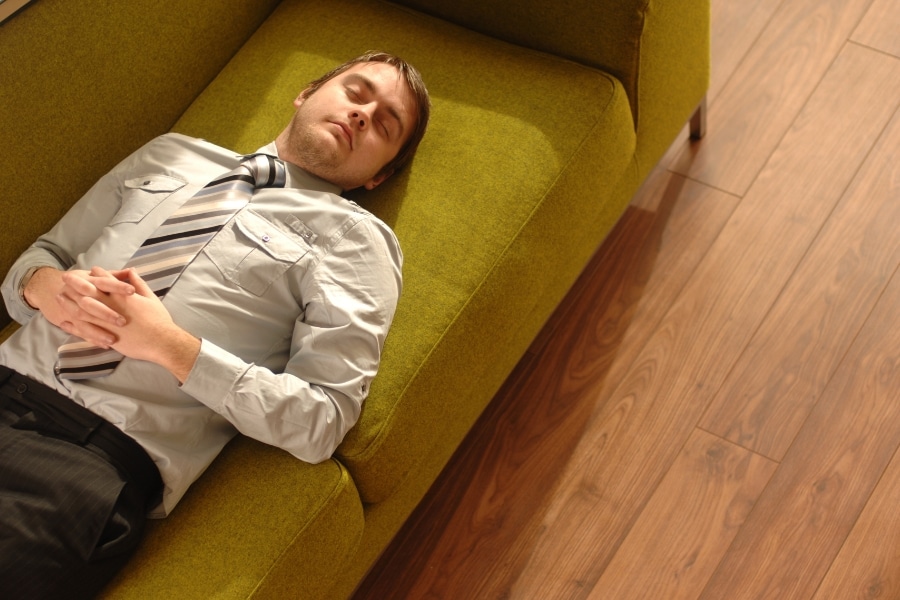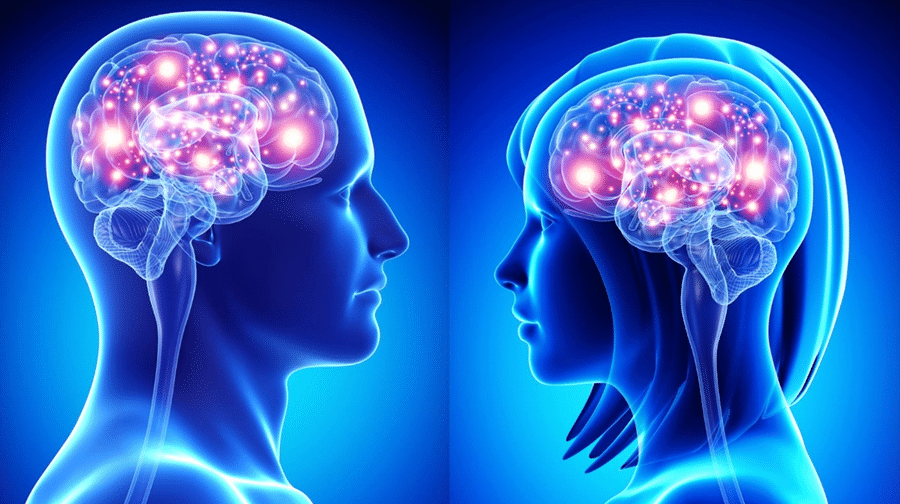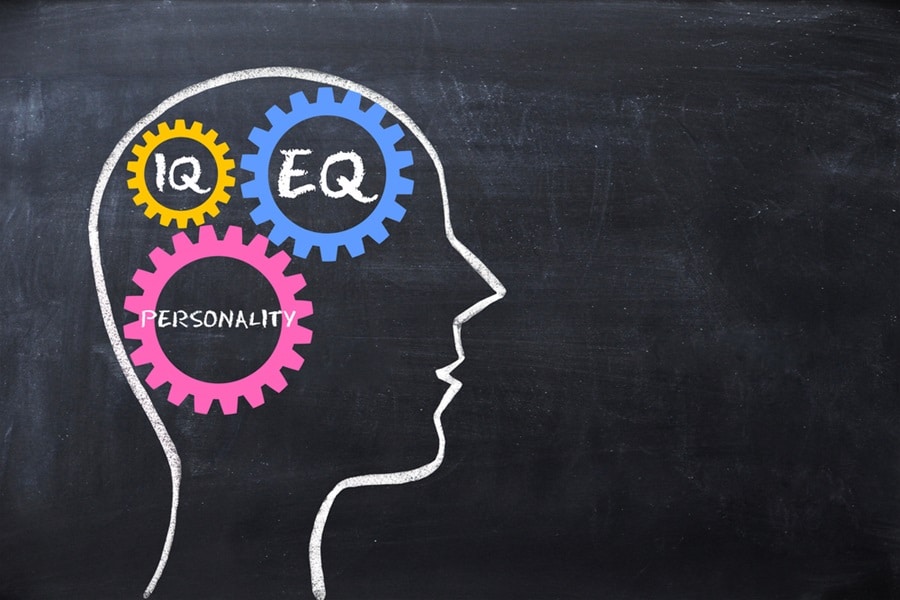Today’s world is based on technology to meet all our changing needs. It has improved connectivity and has resulted in an easy, fast, and convenient lifestyle. But whether at home or the workplace, a person has to view technological devices for the long term. Studies show that more than 50% of American adults spend most of their time looking at a screen. Computer technology has influenced classroom teachings for both teachers and students. There is constant exposure to the device’s screens which has ultimately led to scary and unpleasant effects. Especially when we talk of eyes, prolonged use of technology affects your vision seriously, termed computer vision syndrome.
It’s prevalent among office employees as they spend long hours sitting in front of the computers. This syndrome has affected thousands of people irrespective of age and occupation. There are some symptoms of this syndrome which include:
- Headaches
- Eyestrain
- Double vision
- Dry eye
- Itching, Burning, Sensitivity
- Blurred Vision
- Difficulty In Focusing
- Watery Eyes
So it’s better to use the technology wisely to avoid these problems.
Contents
Dry Eyes

It is a condition where your tears are not providing sufficient lubrication to your eyes because of some reasons, like either they are unstable or they are inadequate. Sometimes dry eye problems occur when tears of poor quality are not enough. You may have inflammation in the eyes, and the eyes’ surface may get damaged due to this instability.
Sometimes you may experience a few prolonged signs such as redness, irritation, pain, or tiredness of the eyes. If that’s the case, then you should see a doctor immediately.
Causes

Numerous reasons are responsible for dry eye disease. A human eye has a three-layered tear film that consists of mucus, aqueous fluid, and fatty oils. This combo of healthy tear film provides lubrication, smoothness, and clarity to the eyes’ surface. If any one of the layers is disrupted you’re likely to have a dry eye. Your tear glands and tear ducts both get influenced. Tear film dysfunction has many reasons, which include:
- Swollen Eyelid Gland
- Allergic Eye Reactions
- Hormone Change
- Autoimmune Issue
- Less Tear Production
- More Tear Evaporation
Treatment For Dry Eye

There are 45 glands in the eyes, 25 on the upper and 20 on the lower eyelid. These are called Meibomian glands that secrete oil to keep the surface of the eye lubricated. This component checks tear evaporation and gland dysfunction to prevent dry eyes. Some factors can be held responsible for blocking eye glands, like makeup, dust, wearing contact lenses, pollen, or scales of blepharitis. But these pores can be opened using artificial tears/eye drops to prevent dry eye syndrome.
People with dry eyes experience or suffer from either mild dry eye or chronic dry eye. Chronic means that the condition is severe and will take a long time to recover. Generally, chronic dry eyes result from fewer tears because they are evaporating fast or due to inflammation or swelling in/around the eyes. But when you have mild dry eyes, they may be due to some changes in environmental factors. Wearing contact lenses for the long term or staying in dry environments can also cause mild dry eyes. So whether you have mild or chronic dry eyes, many treatments are available. It all depends upon the condition of your eye.
Over-The-Counter Medication

Among the crucial ways for treating dry eyes is using an OTC (over-the-counter) drug/eye drop. Many refer to these as artificial tears, mainly used to maintain moisture and lubricate your eyes. These drops are perfect for dry conditions resulting from aging, eye surgery, and environmental factors for some medication issues.
They are available in gel, gel inserts, and eye drops with preservative and preservative-free options. The OTC eye drops are suitable for moderate dry symptoms. An ointment is also helpful in treating dry eyes, but the only setback associated with them is that they are to be used only before bedtime, as they tend to make your vision blurry.
Prescribed Medications

Some prescribed medication for treating dry eyes, including oral or eye drops, reduces eyelids’ inflammation. Swollen eyelids hinder the oil gland’s function, and the tears don’t receive the required oil and evaporate quickly. Eye drops like Cyclosporine are the best anti-inflammatory drug and are the best remedy.
If you want to go for natural therapy, adding omega-three fatty acid supplements to your daily diet, like flaxseeds, sardines, and fish, could help. Even using blue light filters can save your retina cells and prevent macular degeneration in case of long-term exposure to technological devices.
Conclusion
The introduction of technology has aided in a changed lifestyle. But prolonged use of devices has affected the eye health of the users. Make sure to take short breaks, use filters, and keep proper angles when you sit in front of your computer system. As rightly said, too much of anything can be dangerous. So use modern technology wisely to prevent harmful effects on your eyes.


